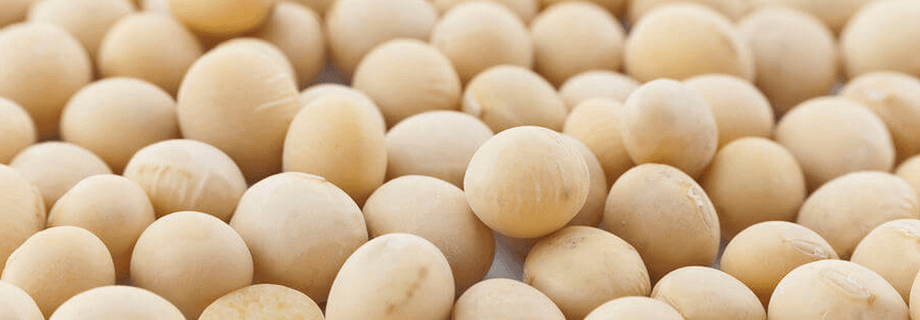To Grind or Not to Grind

Recently the question of whether to extrude whole or ground soybeans has come up several times. So now is a good time to discuss the pros and cons of extruding whole soy versus ground soy.
In my opinion, there’s no contest. Grinding the soybean prior to extrusion is the only way to go. So I’ll start by listing the pros to running ground soy:
1) Reduced energy consumption – when extruding whole soy, you are turning the extruder into a grinder and extruder, which increases the energy consumption drastically.
2) Increased production – by grinding or rolling the soy, the amount of restriction needed to properly extrude the product can be reduced, which allows for up to 8% to 10% increased capacity.
3) Reduced wear to parts (internal and external) of the extruder – there is a significant reduction of wear to the inlet chamber and inlet screws. Anyone who has dealt with the transport of whole soybeans can tell you how abrasive they are (elevators, augers, head pulleys, etc.)
4) Finer, more consistent finished product – this makes for better mixing with other ingredients in a finished formulation. It also makes the cooling process easier, especially in hot weather.
5) Increased quality of extrusion as it relates to urease and trypsin inhibitor removal – because the soy has been ground, the smaller particle size exposes more of the soy to the heat and pressure needed to assure a good quality finished product.
When extruding whole soybeans, you will notice a wide variation in the particle size of the finished product with the larger particles sometimes being undercooked.
The only con is the additional expenditure for a grinder or roller mill. This however is offset by the savings in wear parts. The additional energy consumption is offset by reduced consumption at the extruder and increased production capacity. The savings in wear parts and increased product quality make up the rest.
Either a roller mill or a grinder can be used. The objective is to break the soybean into 5 or 6 pieces. One problem that can be encountered depending on how the soy is introduced to the volumetric feeder is hull separation. If an overhead bin is being used to feed the extruder, hulls can float to the top and cause an overheating situation when the bin is close to being empty. This problem can be overcome by using hi-lo level switches in the bin. The lo switch is elevated slightly to maintain the bin at a minimum of 1/3 full at all times. This will assure a consistent product density and flow to the extruder.
Overall, the pros far outweigh the cons making pre-grinding or raw soybeans the best option when extruding.



